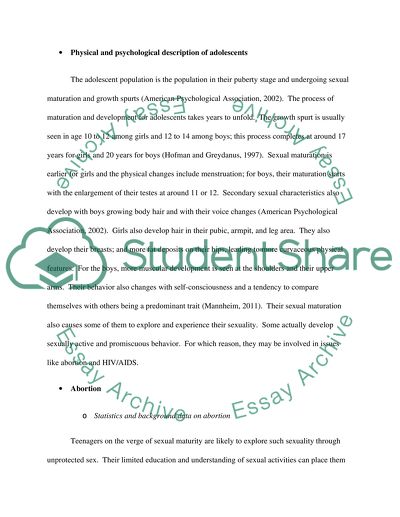Cite this document
(“Issues affecting the adolescent population Research Paper”, n.d.)
Retrieved de https://studentshare.org/psychology/1391415-research-paper-topic-selection
Retrieved de https://studentshare.org/psychology/1391415-research-paper-topic-selection
(Issues Affecting the Adolescent Population Research Paper)
https://studentshare.org/psychology/1391415-research-paper-topic-selection.
https://studentshare.org/psychology/1391415-research-paper-topic-selection.
“Issues Affecting the Adolescent Population Research Paper”, n.d. https://studentshare.org/psychology/1391415-research-paper-topic-selection.


